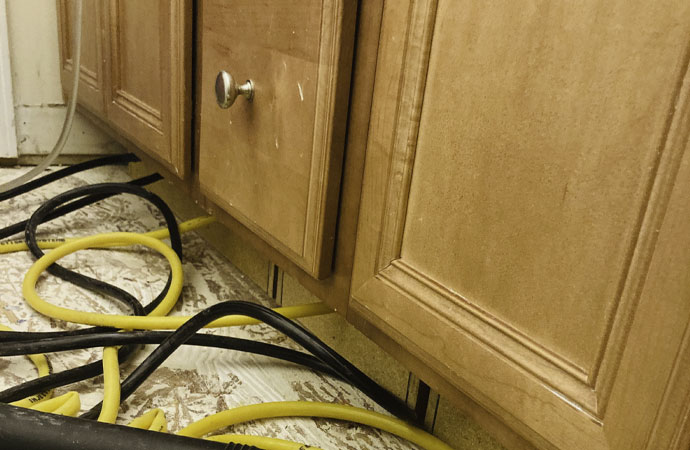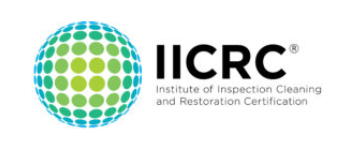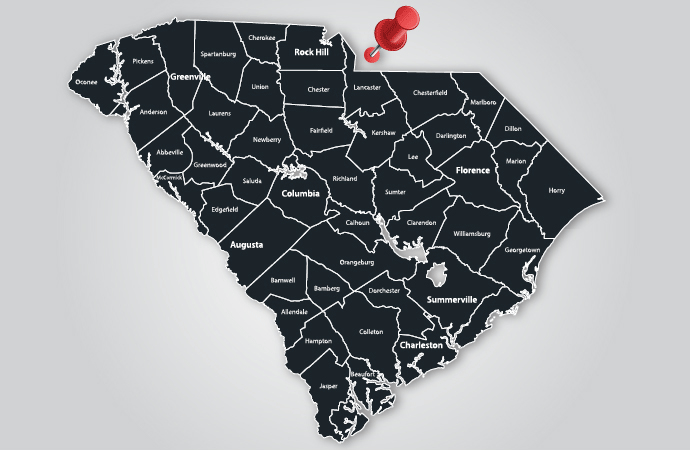How to Repair Water Damaged Wood Furniture
Water is an enemy of wood furniture. As wood is naturally porous, it does not take long for it to absorb moisture. A spill that you forgot to clean up, flooding in your home, and a variety of other incidents can result in liquid soaking into your wood furniture. When wood absorbs moisture, it can start to swell and discolor. The wood loses its strength and may warp or become distorted.
For this reason, it is important to address water damage quickly to help minimize the repairs needed. Learn how to repair water damaged wood furniture and why you should contact water damage experts to take care of more substantial structural repairs in your home.

Dry Immediately to Contain Damage
After suffering water damage, it is important to dry the wood as soon as possible. If it is not already, bring the furniture into a warm room that has good air circulation. Turn on fans to help speed up the drying process. If it is warm and sunny outdoors, putting the wood furniture in direct sunlight may also help dry it quickly. You want to avoid bringing wet furniture outdoors when it is too cold as it will remain damp and mold will start to grow. Once dry, bring the furniture indoors. Exposure to too much sun can sometimes cause the wood to crack.
Clean Mold and Mildew
No matter how quickly you attempt to dry your wood furniture, mold and mildew can start to grow. In fact, it takes just 24 to 48 hours for fungus to begin growing. Mold only requires food, water and oxygen to grow. This can occur with a simple water leak, condensation, high humidity and other conditions that create moisture. To remove mold and mildew from wood furniture, clean the wood well with a HEPA vacuum and then damp wipe with an anti-microbial. Once the fungus has been removed, you may need to apply a new layer of finish to help restore the look of the furniture and to protect the wood from further damage.
Treat Water Spots
Wood can become easily stained when water penetrates through the polish or wax surface and into the wood. There are a number of methods that may be effective in removing the stain, especially if you catch it early on. First, try applying 3% peroxide. This will be the least labor intensive and cost effective. Organic staining can be extremely difficult to remove. Companies like Kingsley Water Damage & Fire Cleanup Water Damage Restoration use commercial grade products with hydrogen peroxide concentrations up to 20%. These products require heavy duty PPE be worn. If 3% peroxide doesn’t lift the stain you may need to contact a chemical supply company like Clean Source of Columbia for commercial stain lifters. Be sure to ask about personal protective equipment requirements before purchasing a product.
Use Sandpaper or Putty Knife
Depending on the extent of the damage, it may be necessary to remove the top layers of wood so that it can be properly refinished. Sand the wood with an electric sander and 220-grit sandpaper. Be sure to wear a dust mask and open windows for proper air circulation. Always sand wood in the direction of the grain, starting with the most damaged areas. For deeper set stains, use a chemical stripping agent. This involves dipping a paintbrush into a chemical stripping agent and painting it onto the wood. Once the chemical agent begins to oxidize, use a putty knife or other scraping tool and scrape the surface of the furniture. Follow up with another round of sanding.
Wax or Varnish
Once your wood furniture has been sanded and all surface stains removed, it is time to add a protective coating. Most people will apply either a wax or a varnish to their furniture depending on the look and protection they are trying to achieve. Wax has the power to both coat and penetrate wood but it is usually not as efficient as varnish. Wood varnish provides a highly-durable hard finish that penetrates the wood. If you choose wax, apply a thin layer with a clean cloth. Buff the furniture until you create a rich patina. If you are going with varnish, paint on a clear varnish coat to create a barrier that is both waterproof and insect-repellent. Apply a second coat after the first has fully dried.
Call Water Damage Experts for Structural Fixes
If your home has suffered extensive damage, you may be dealing with much more than water-logged furniture. Your walls, floors, ceilings and other structural elements of your home may have also been affected. When it comes to structural repairs, you need to call in the water damage restoration experts. Reach out to the water damage experts at Kingsley Water Damage & Fire Cleanup, to learn more about how to repair water damaged wood furniture or to schedule an estimate for water damage restoration.
Areas served in Richland County: Arcadian Lakes, Blythewood, Columbia, Dentsville, Eastover, Forest Acres, Hopkins, Irmo, Lake Carolina, Pontiac, and St. Andrews.
Areas served in Lexington County: Cayce, Chapin, Gaston, Gilbert, Lexington, Oak Grove, Pelion, Red Bank, and West Columbia.





